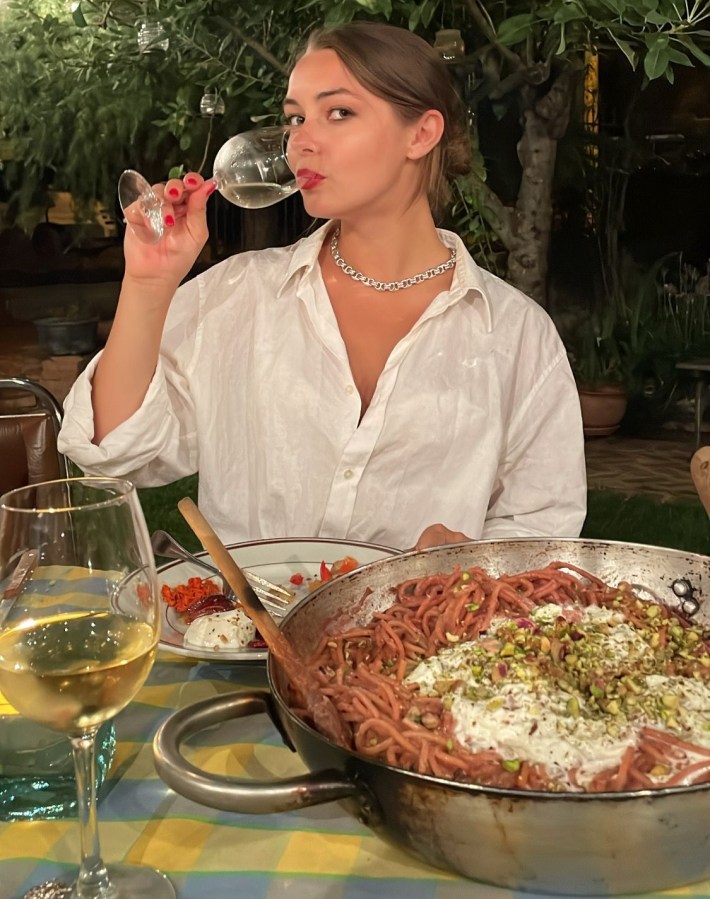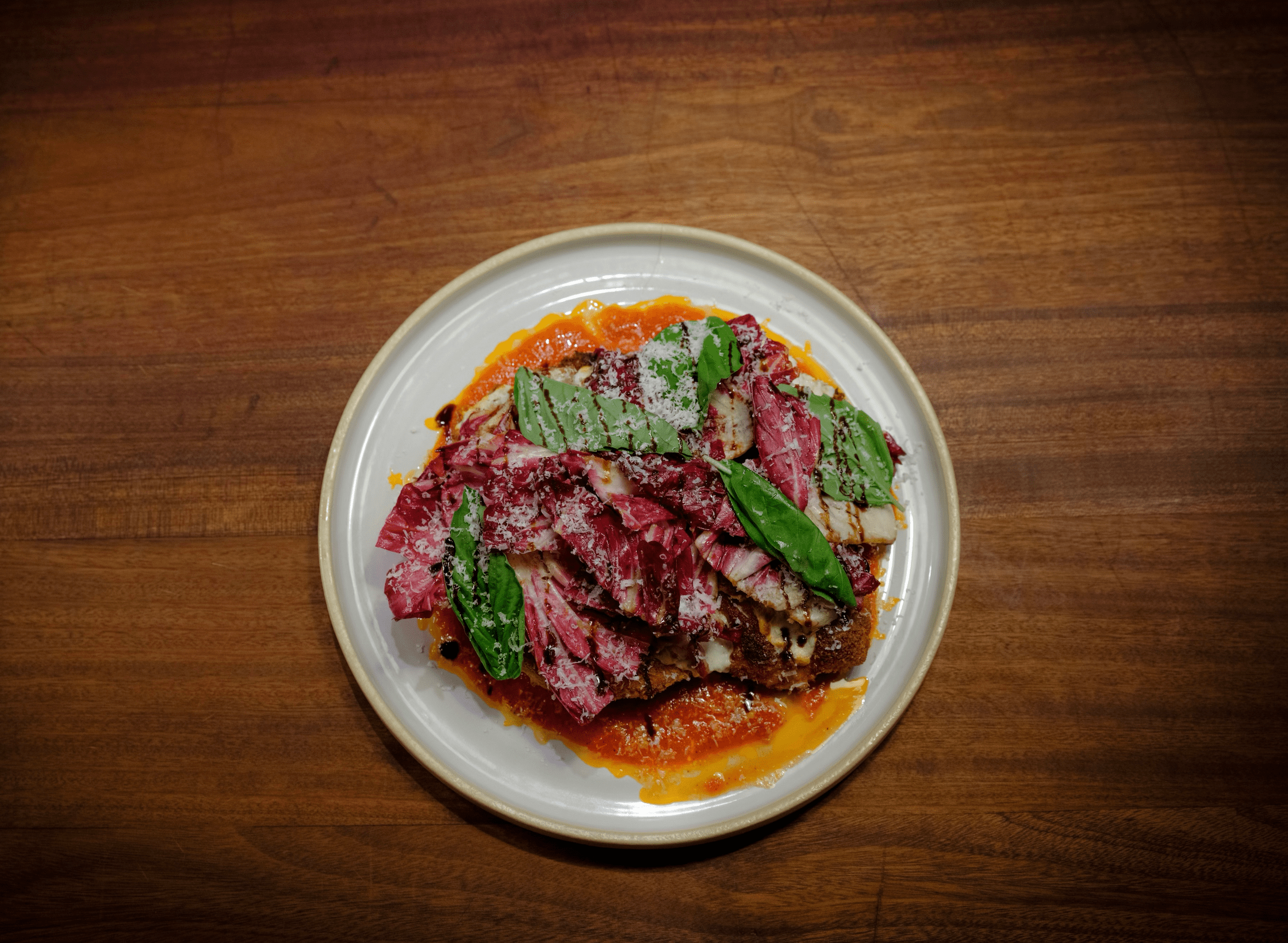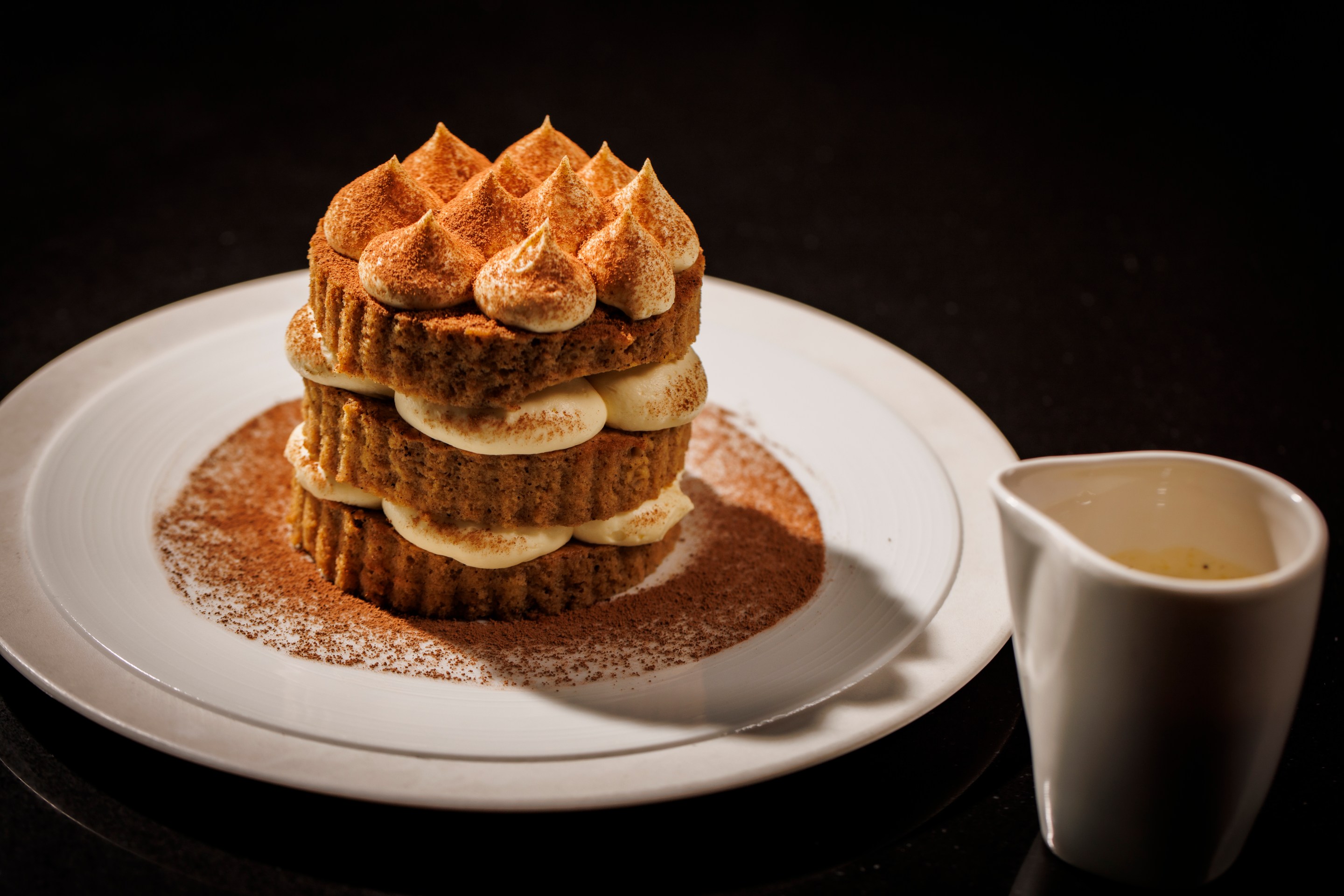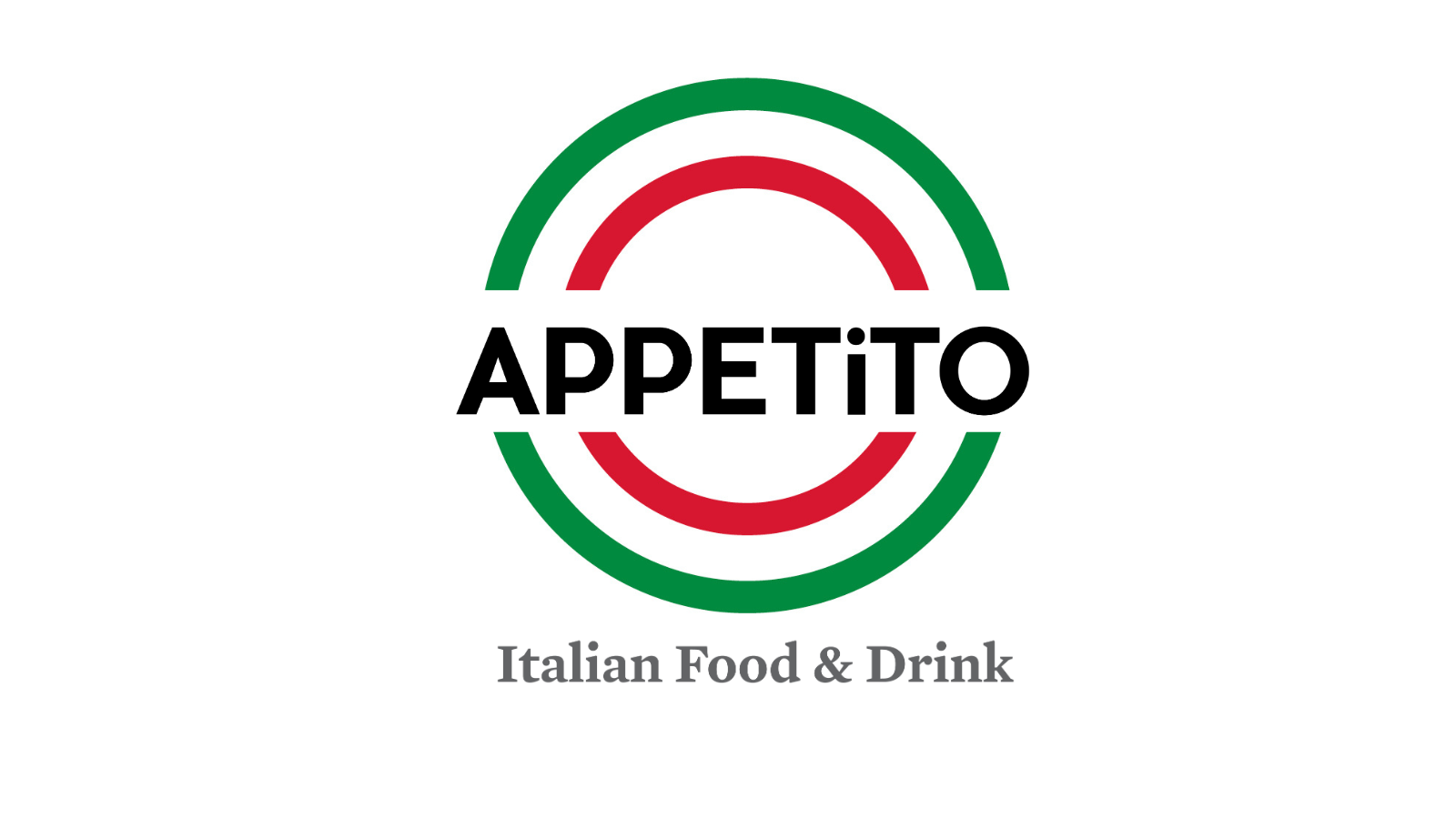As I write this, I am sitting on a nine-hour train ride from Parma to the depths of Calabria, making this my third summer dancing tarantella and drinking warm house wine under a moon that never seems to wane.
If you’re new to the image of Calabria, the region that occupies the toe of the Italian boot, think: grounds caked by overly ripe fruit, sugar ants wandering drunkenly in the shadows of fig and olive trees, capers budding from stone walls and beaches where the water is come l’olio (smooth like oil).

It's sweet, indulgent, and far from the other south I grew up in, Louisiana, where one’s first lesson is how to dance the two-step in the kitchen and dress every rice-laden meal with hot sauce (a condiment that we use as often as Italians do olive oil).
It can be difficult to find Italy in Louisiana; its swampy waters are most definitely not come l’olio, and its hot sauces are not, dare I say, nearly as hot as Calabrian peppers.
In general, examples of Italian influences in Louisiana are few and far between — one example being the New Orleans muffuletta sandwich, but I sweat in thinking of another.
I had grown up lacking knowledge on the subject, and had regrettably succumbed to the stereotype that Italian food was solely pizza, fried cutlets, and spaghetti with meatballs, a stereotype that was contested during my first trip to Italy, while visiting a region located in polarity with respect to Calabria.
In 2018 I traveled to see a friend from the Venetian countryside and passed my time eating spoonfuls of trippa and polenta topped with funghi (the weight of which was always balanced by a single piece of radicchio and washed down with glass after glass of prosecco).
I had dipped my toe in the Italian enogastromic realm and officially awakened my inner epicurean, a part of me that had perhaps been jaded by sinful amounts of hot sauce in my youth.

My affair with Italy began instantly, and precisely one year after my trip to Veneto, I packed my bags to move to the city of Parma, known as the heart of the Italian food valley, and whose location makes it easy to travel from region to region, table to table.
With every new delicacy I taste — whether it be horse tartare in Parma or rooster crest in Florence — I find myself in an intimate pocket of regional cuisine that is hard to find outside its borders, and grateful to the first spoonful of trippa that perturbed in me an intense curiosity of the Italian gastronomic culture.
Although far from home, I will soon reminisce on Louisiana boudin while eating Calabrian andouille, and feel the same pleasures of sipping iced tea under the sweltering Louisiana sun while partaking in a latte di mandorle in Tropea.
It can be difficult to find Italy in Louisiana, but if you’re an epicurean like me, it’s easy to find home in Italy.







